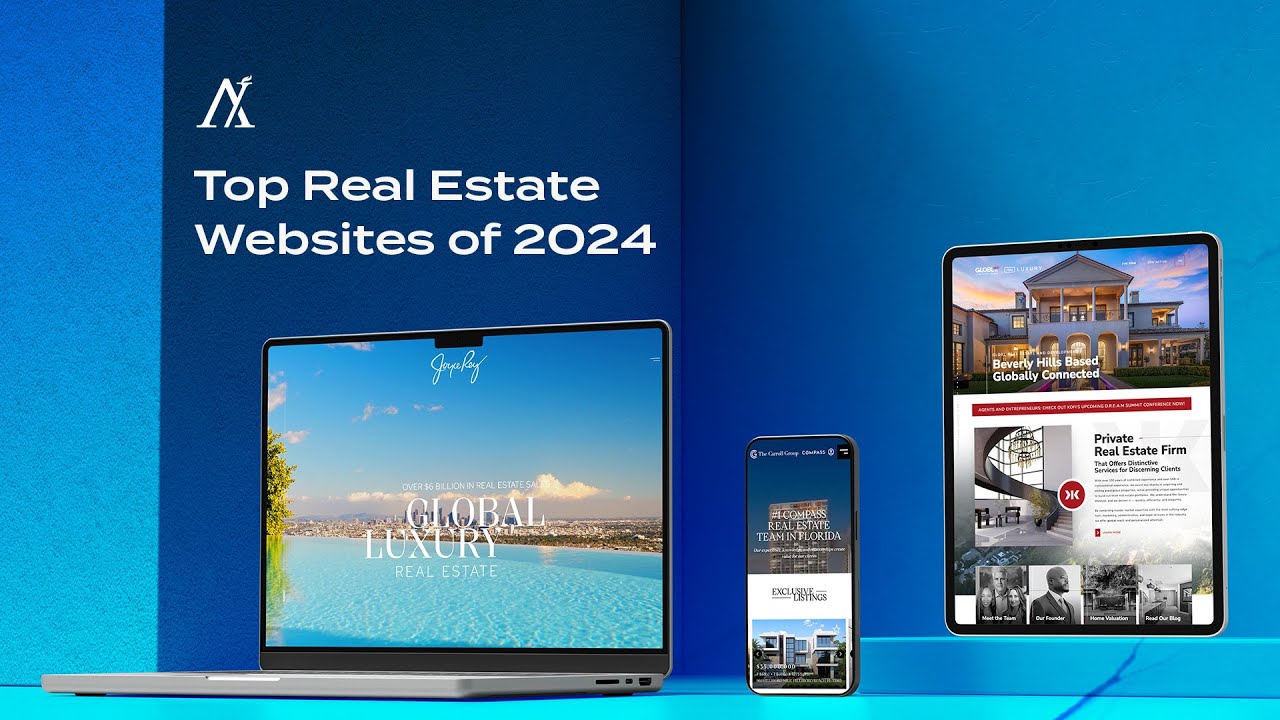As a result of the ongoing growth of technology, the landscape of web design and development is also constantly shifting. A variety of developing trends are playing a significant role in shaping the future of the internet. These developments are expected to reimagine the ways in which websites are constructed, experienced, and maintained. To maintain a competitive advantage in the digital world, it is necessary for anyone to have a solid understanding of these trends. In the following paragraphs, we will discuss the most important rising trends in website design that will shape the future. https://diversewebsitedesign.com.au/catering-website-design/
The Rise of AI-Powered Websites
The concept of artificial intelligence (AI) is no longer a far-off idea; rather, it is rapidly becoming an essential component of contemporary online design and development. Through chatbots and tailored information, artificial intelligence is revolutionizing the way websites engage with their users.
AI-Driven Personalization
Customization has always been an essential component of web design, but artificial intelligence is elevating it to a whole new level. Websites are now able to evaluate user behavior and preferences in real time thanks to machine learning algorithms, which enables them to provide highly tailored experiences from the beginning. It is expected that in the near future, websites will incorporate AI-driven personalization as a normal feature. This personalization will include the recommendation of products, the customization of content, and the customized user experience.

Chatbots and Virtual Assistants
Increasingly advanced chatbots and virtual assistants that are powered by artificial intelligence are providing round-the-clock help to customers and increasing user engagement. Whether it be providing answers to frequently asked queries or directing users through complicated procedures, these tools are capable of handling everything. It is reasonable to anticipate that as artificial intelligence technology continues to advance, chatbots will become even more human-like in their interactions, which will in turn make them an integral component of the user experience.
Mobile-First Design as a Standard
Because mobile devices are responsible for more than half of all internet traffic, designing websites with mobile devices in mind is no longer an option; rather, it is a requirement. In the future, websites will need to give mobile users priority in order to guarantee that they have the finest, most satisfying experience possible.
Responsive Design Will Evolve
Although responsive design has been around for some time, it is continuously undergoing development in order to accommodate the requirements of new screen sizes and devices. In the future, websites will need to be more than merely responsive; they will also need to be adaptive, providing experiences that are consistent across a broad variety of devices, ranging from smartphones to smartwatches.
Progressive Web Apps (PWAs)
As a result of its ability to combine the advantages of mobile apps and online apps, Progressive online Apps (PWAs) are gaining popularity. In addition to being available through a conventional web browser, progressive web apps (PWAs) provide a user experience that is similar to that of an app on mobile devices, as well as fast loading times and offline capability. It is anticipated that progressive web apps (PWAs) will emerge as a dominant force in the web development market as more firms become aware of the advantages they offer.
Voice Search Optimization
The use of voice search is fast gaining popularity as speech-activated devices such as Google Home and Amazon’s Alexa become more widespread. Consequently, web developers are being forced to reconsider their strategy for search engine optimization (SEO) as a result of this transition.
Conversational Content
Voice searches are typically more conversational in nature, which means that material needs to be tailored for natural language inquiries in order to be effective. It will be necessary for future websites to contain a greater number of conversational terms and phrases in order to coincide with the way consumers speak rather than the way they type. In addition, this change will have an effect on the layout of the content, with frequently asked questions and how-to guides becoming increasingly substantial.
Structured Data and Schema Markup
In order to assist search engines in comprehending the context of your material, which is essential for voice search, structured data and schema markup play an important role. Websites can improve their chances of being featured in voice search results by including structured data, particularly in the form of rich snippets or direct replies. This is especially true for websites that are rich in content.
Immersive User Experiences with AR and VR
Augmented reality (AR) and virtual reality (VR) are no longer limited to the realm of gaming; they are now making their way into web design, providing consumers with immersive experiences that were previously imagined.
AR for Enhanced Product Visualization
Before making a purchase, users are able to visualize things in their actual area thanks to augmented reality (AR). Customers are able to visualize how a piece of furniture may look in their home or how a pair of shoes might fit themselves through the use of this technology, which is very useful for e-commerce websites. The incorporation of augmented reality technology into websites will become more popular as Augmented Reality technology becomes more affordable. This will provide users with an improved purchasing experience.
VR for Virtual Tours and Experiences
VR is revolutionizing the method in which companies present their products and services. As an illustration, real estate websites can provide virtual tours of properties, which enables prospective purchasers to become acquainted with homes without having to leave the convenience of their own homes. Travel websites, in a similar vein, can provide users with virtual experiences of places, so providing them with a taste of what they can anticipate. The applications of virtual reality technology in web design will continue to expand as virtual reality technology progresses, resulting in user experiences that are more interactive and engaging.

Sustainable Web Design
The demand for environmentally responsible web design is increasing in tandem with the growing awareness of environmental challenges. It will be necessary for websites of the future to be more economical with energy and good to the environment.
Green Hosting and Carbon-Neutral Websites
When it comes to sustainable site design, one of the most important components is selecting green hosting companies who power their servers with renewable energy. On top of that, carbon-neutral websites that offset their emissions through a variety of activities are gaining more and more popularity. Businesses that place a priority on sustainability are likely to experience an increase in customer loyalty as consumers who are environmentally concerned look for brands that are responsible for the environment.
Minimalist and Efficient Design
The minimalist design approach is not only concerned with aesthetics; it is also concerned with efficiency. When designers reduce the amount of data that is required to load a website, they are able to reduce the amount of energy that is consumed and achieve faster loading speeds. It is expected that in the future, websites will embrace designs that are more minimalistic, with an emphasis on functionality and user experience, while also minimizing their impact on the environment.
Conclusion: Preparing for the Future of Web Design
There are developing trends that have the potential to transform the way in which we engage with websites, which makes the future of web design an intriguing prospect. The websites of the future will be more dynamic, engaging, and environmentally friendly than ever before. This will be accomplished through innovative techniques such as AI-driven personalization, mobile-first design, voice search optimization, augmented reality and virtual reality integration, and sustainable practices.
In light of the fact that these tendencies are expected to continue to expand, it will be essential for organizations and developers alike to remain aware and adapt to brand new technologies. If you embrace these growing trends, you can assure that your website will continue to be relevant and competitive in the digital landscape, which is constantly shifting and evolving.





